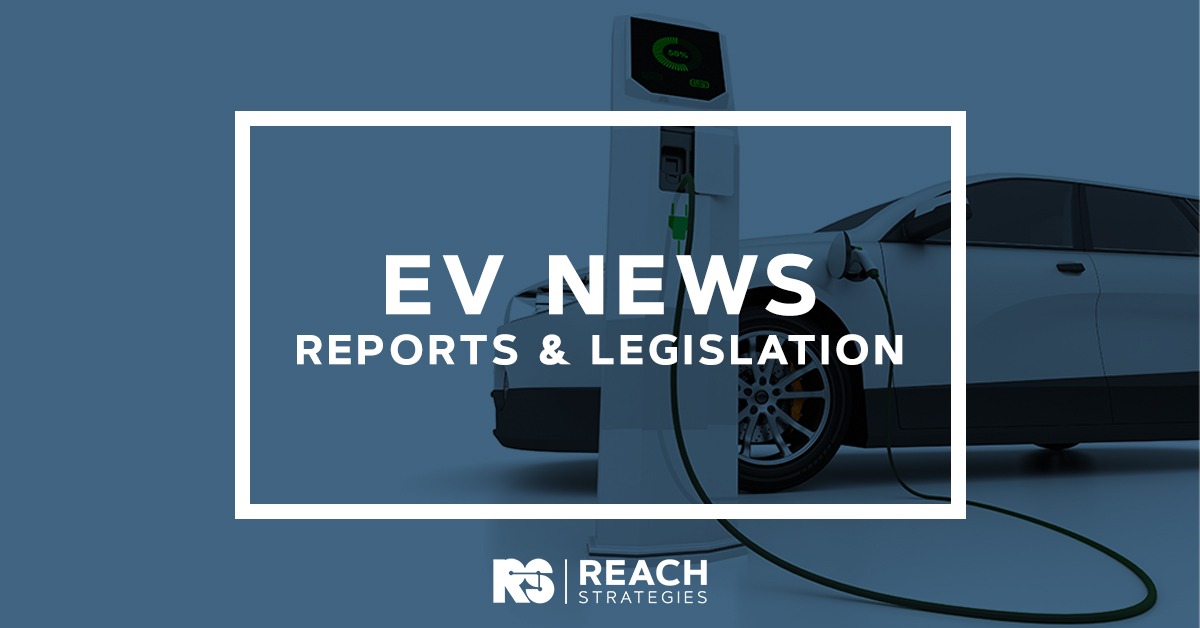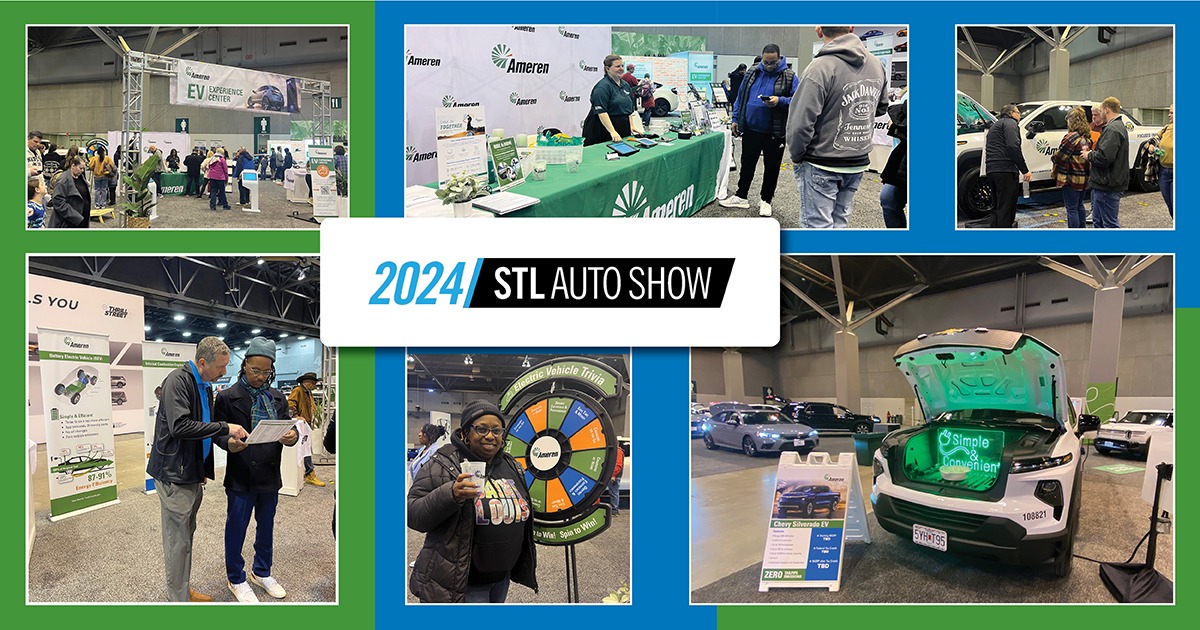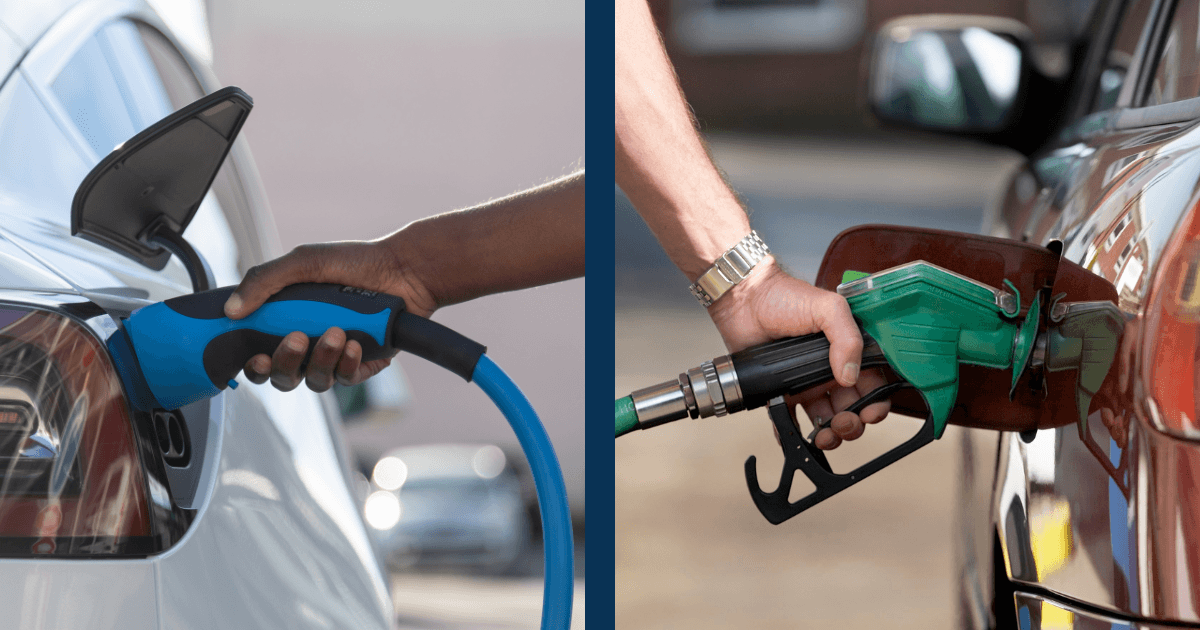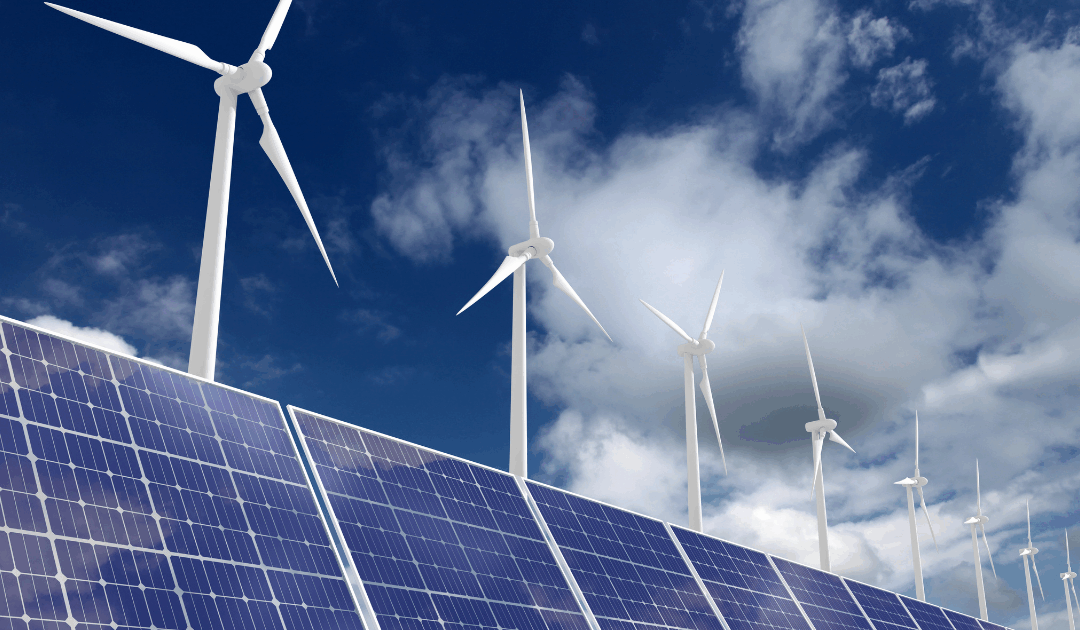More and more people are interested in purchasing an EV. A key component to advance EVs and infrastructure is support from local, state, and federal governments. While individuals can reduce their personal carbon footprint, without help from the government to overhaul and implement the changes needed, the goal to reduce emissions by 50% by 2030, and neutral by 2050 will ultimately fall flat. More state governments and agencies are working to solve the problem through legislation and task forces, while some are raising concerns about rural and minority communities that have been historically left behind. Check out the updates below to see how various agencies and governments are working together to increase EV adoption and support, as others voice pleas for and assistance to keep up with the evolving changes.
- Five Governors from Illinois, Indiana, Michigan, Wisconsin, and Minnesota agreed to join the Regional Electric Vehicle Midwest Coalition to foster cooperation between the states for EV infrastructure and implementation.
- The company In-Charge Energy has created a new taskforce called “Invest in America E-Fleet” to secure various grants and incentives in the new Infrastructure Investment and Jobs Act, that will help increase the development of E-Fleet vehicles, and the cross-country infrastructure to support it as well.
- Congressman David Scott makes plea for electrification assistance for rural communities opposed and to not leave them behind, especially with the importance of electric-vehicle investments for agricultural America. Take a look at the Washington Post’s EV charging maps in a variety of areas that illustrates how minority communities around Black and Latino neighborhoods are being left behind too in the creation of new EV infrastructure.
- Minnesota’s BEL organization has launched an effort that brings representatives from 300 utility companies and 20 states to coordinate the infrastructure and development for E-Bus fleets for rural communities.
- California’s Governor allocates $6.1 billion for EV initiviates from a $286.4 billion budget proposal, raising the total to $10 billion from the $3.9 he invested into the projects last year. Some of the budget will be for EV infrastructure, community based EVs, and more opportunities in the EV sector for other industries, like fishing/maritime and aviation industries. He also declared the state will begin to extract brine deposits for lithium in southern California’s Salton Sea. California’s utility companies also signed a MOU focusing on building a joint EV charging infrastructure throughout the state.
- New Mexico governor Michelle Grisham proposed a bill that would require all companies, in the 2nd largest oil-producing state to reduce their greenhouse gas emissions 50% by 2030, and 0% by 2050.
- Margo Oge, Former EPA executive breaks down the new Federal Emissions rules here in an interview with Charged Magazine.






